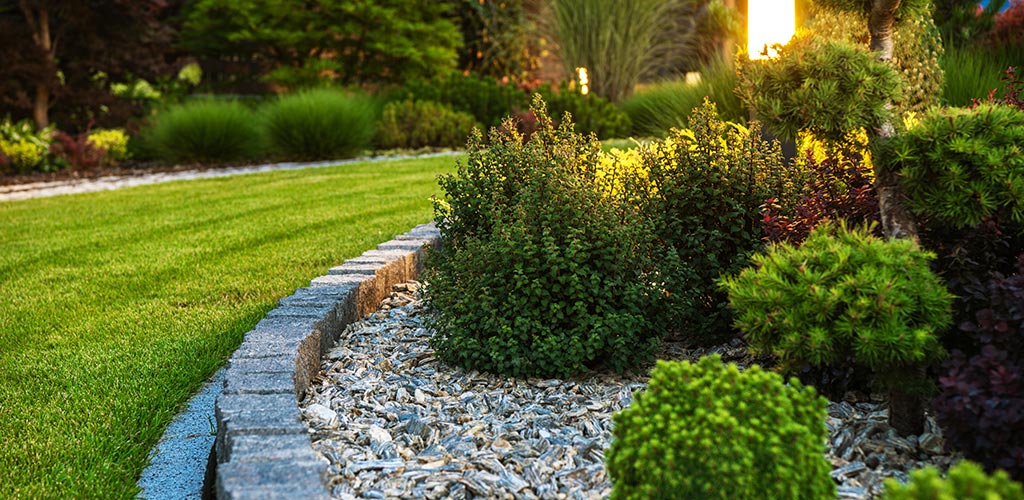Can You Stop Weeds Before They Start?
A beautiful lawn starts before weeds even appear. If you wait until you see weeds sprouting, you’re already fighting an uphill battle. Pre-emergent herbicides are the secret weapon of a healthy, weed-free yard, stopping unwanted plants before they have a chance to grow.
But timing is everything. Apply too early, and it won’t be effective. Apply too late, and weeds will already be established. That’s why having a professional like Steven’s Wack-n-Sack handle your turf management can make all the difference.
What is Pre-Emergent Weed Control?
Pre-emergent herbicides work by creating an invisible barrier in the soil that prevents weed seeds from germinating. Unlike post-emergent treatments, which kill weeds after they’ve sprouted, pre-emergents stop the problem before it starts.
They are especially effective against invasive weeds like:
- Crabgrass
- Dandelions
- Chickweed
- Clover
- Henbit
By using pre-emergent treatments at the right time, you can drastically reduce weed problems throughout the year, making lawn maintenance much easier.
When Should You Apply Pre-Emergent?
The best time to apply pre-emergent herbicides depends on the type of weeds you want to control.
Spring Application (February–April)
- Apply before soil temperatures reach 55°F (typically in late winter or early spring in Alabama).
- This prevents summer weeds like crabgrass and dandelions from sprouting.
- If you wait until weeds are visible, it’s too late for pre-emergents to work.
Fall Application (August–October)
- Apply before soil temperatures drop below 70°F to stop winter weeds.
- Prevents chickweed, henbit, and poa annua from taking over in cooler months.
Missed the window for pre-emergent? Don’t worry—there are still post-emergent solutions to help fight weeds. But prevention is always easier than treatment.
Choosing the Right Pre-Emergent
Not all pre-emergents are created equal. The right one depends on your lawn type, weed problems, and soil conditions.
Types of Pre-Emergent Herbicides
- Granular vs. Liquid
- Granular: Easy to apply with a spreader, great for larger areas.
- Liquid: Covers evenly but requires sprayers and careful mixing.
- Selective vs. Non-Selective
- Selective: Targets specific weeds without harming grass.
- Non-Selective: Kills all seeds in the soil—use with caution.
Applying the wrong type of pre-emergent can damage your grass or be completely ineffective. If you have questions, leave it to the professionals at Steven’s Wack-n-Sack. We’re always happy to help.
How to Apply Pre-Emergent (and What Not to Do)
For pre-emergents to work effectively:
- Mow first, then apply (if needed).
- Apply evenly using a broadcast spreader (granular) or sprayer (liquid).
- Water it in. Pre-emergents must be activated with about ½ inch of water.
- Do not disturb the soil after application (no aerating, dethatching, or digging).
Common Mistakes to Avoid
- Applying too early or too late – Timing is crucial.
- Not watering it in – Dry pre-emergent won’t work.
- Overseeding too soon after application – Pre-emergent stops all seeds, including grass seed.
- Using the wrong type – Some pre-emergents harm certain grasses.
Act Now Before Weeds Take Over!
Don’t wait until your lawn is overrun with weeds—prevention is always easier than treatment. Let Steven’s Wack-N-Sack handle your pre-emergent application before it’s too late. We take the guesswork out of lawn care. We track local soil conditions, use the best products, and apply pre-emergent at the perfect time to keep your lawn weed-free all season long.
Call us today to schedule your pre-emergent lawn treatment. Spots fill up fast, and weeds don’t wait—neither should you.



